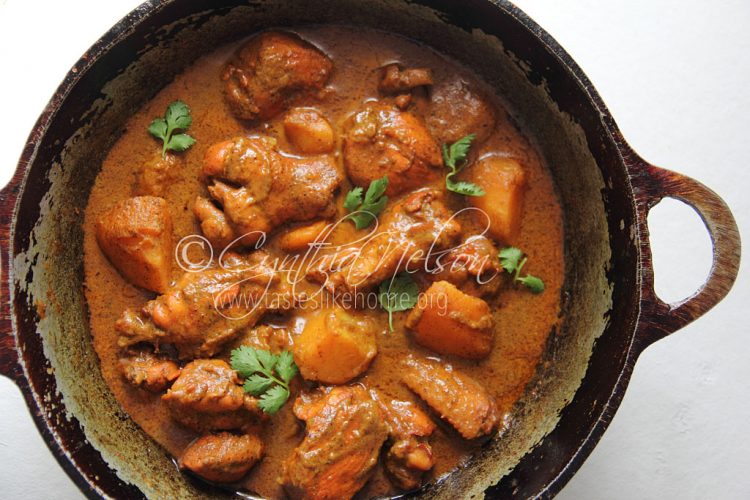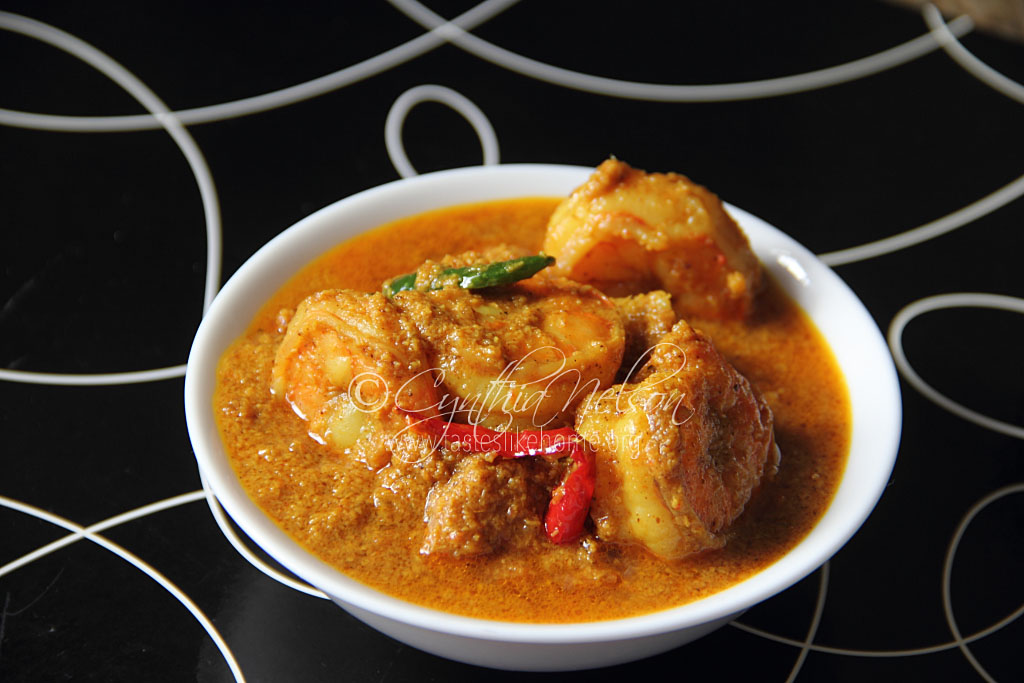 To all concerned: please stop telling people to burn the curry.
To all concerned: please stop telling people to burn the curry.
I have long hesitated to address this term, but I feel compelled to say something after a friend of mine from Trinidad recently spoke in glowing terms of being told, the “secret” to a good curry is to burn the curry, as she set about making curry goat. There are many local YouTubers also making mouthwatering karahi(s) of all kinds of curries telling their audiences, ‘you have to burn the curry’.
I know that you know what you mean but that is not necessarily how it is being interpreted, especially when advising and sharing with those unfamiliar with the cooking of curry, or those looking to up their curry-making skills. Many people take that term literally and end up with curries with none of the fully developed flavours they are after.

Regardless of the process you use to create your masala base for curry – whether it is a paste of ground fresh herbs, onions, garlic, and hot peppers, with various spice powders, or fried onions with fresh herbs and individual spice powders added directly, this stage is the foundation of a curry that provides the much sought-after flavours and deliciousness we all seek. Therefore, it is the most important step. To literally burn the base would be to ruin the curry.
To all who have been advised to burn the curry, what is meant, is for you to cook the masala/curry base to cook out the rawness of the spices, herbs and aromatics and to let the mixture of ingredients marry and combine to create the unique flavour, based on the combination of ingredients. Here’s what you should do. When you add the mixture to the heated oil (along with salt to taste), stir to mix well then reduce the heat to low and let it cook until the oil can be seen around the edges of the masala mixture, you would also see bits of boil popping up through the mixture. This process can take several minutes. Be patient. The colour of the base will also change; deepening. That is when you know the masala is cooked and ready for the next stage of the curry. When this stage has been reached, return the heat to high or medium high and continue with the recipe which most often is to add the meat or seafood.
If you were to keep the heat high as when heating the oil and pan, it would result in the curry base burning. The colour would change, darkening quickly and burning. The spices, which are the dominant ingredients, will become bitter, as will the herbs and other aromatics. Together, they will make the curry have a bitter base finish at the end. You might have noticed that even those giving you the advice to burn the curry, would add water to the mixture after stirring for only a minute or two, that’s because the heat is too high and has dried the masala base, resulting in much of it sticking to the pan. The water is added because they know the base is still raw and needs cooking to develop the flavour of the curry.
Spices are generally not cooked on high heat. The heating of spices (whether dry or wet) is to bring their natural oils to the surface; those then flavour the food. The tempering (chunkay/tadka) of dhal is a perfect example of this using the wet method. Whole cumin/geera are added to hot oil until they sizzle and get a darker shade of brown (not black). Side note: the garlic for dhal should also be fried brown, (not black where it becomes bitter).
A little note on masala powders.
There are many types and combinations of ground masala. Each manufacturer and household has its special and unique blend based on a combination of spices. Some toast their spices before grinding and others grind the spices raw. Raw ground spices tend to have a lighter brown colour. Toasted spices have a rich brown colour. The colour of the ground spice mix would also be determined by the combination of spices used and the quantity of certain spices.
I am sure that you might have seen ground spice mixes (masalas) for different types of curries – seafood, vegetables, chicken or meats such as lamb /mutton, duck and goat. Each spice mix is designed to complement the main ingredient of a curry. Having said that, there are certain masala mixes that can work for any type of curry. There are also special masala mixes for achar. Achar masala tends to be darker in colour because it contains a lot more of the spices that have curing and preserving properties such as black pepper and brown/black mustard seeds, and the other spices are toasted a little more.
Please don’t burn the curry; and stop telling people to burn the curry.
Cynthia
cynthia@tasteslikehome.org






